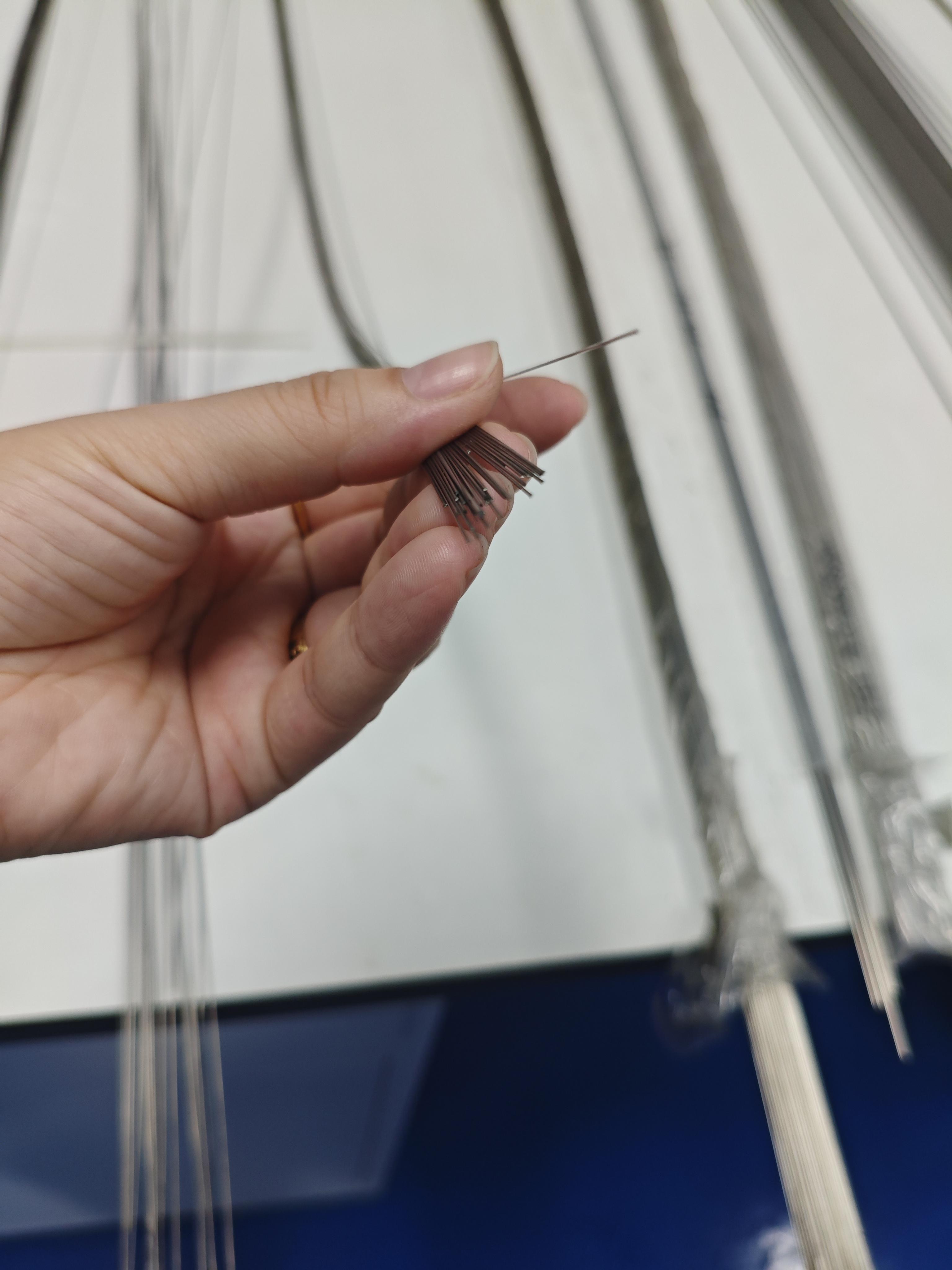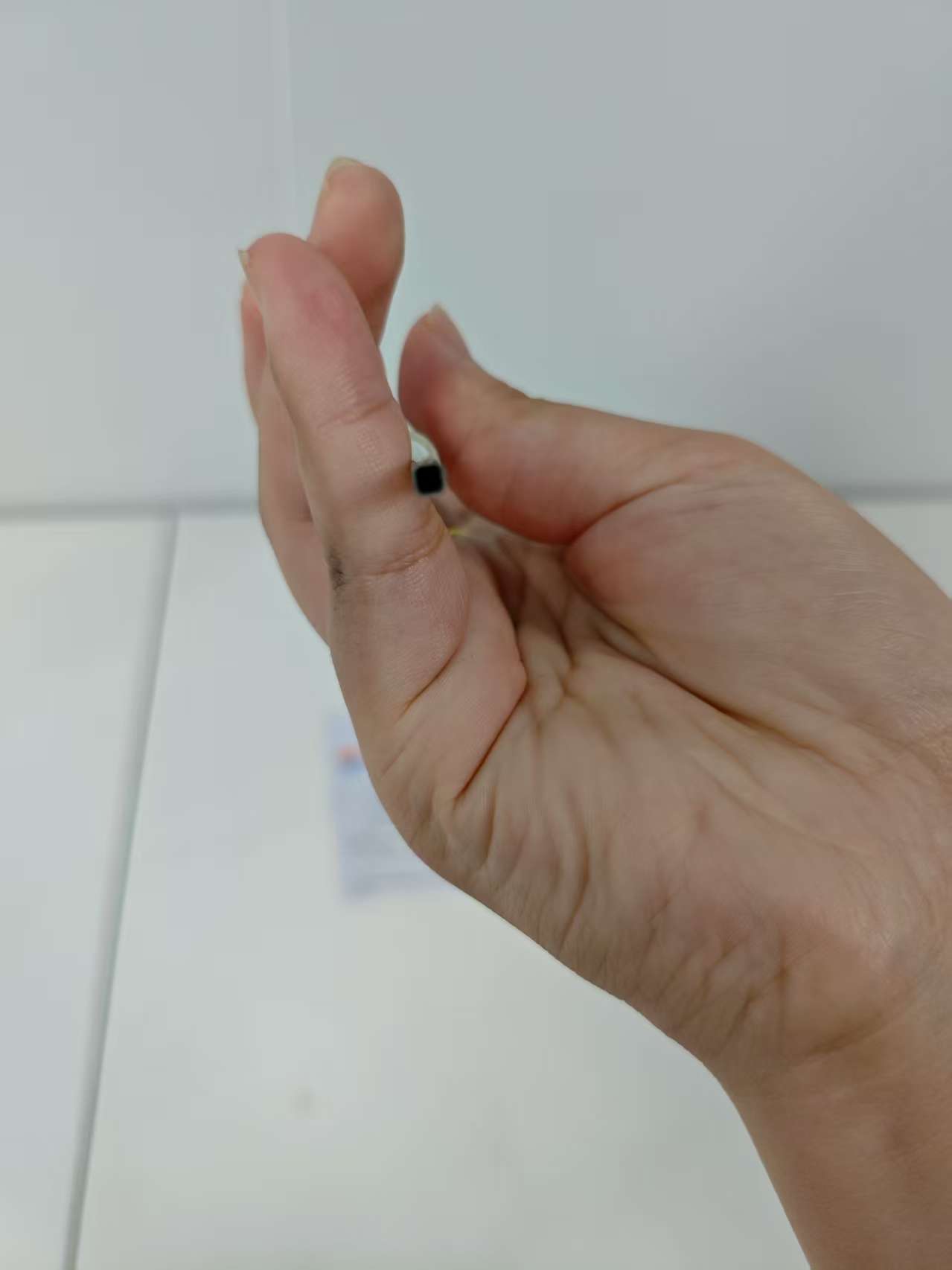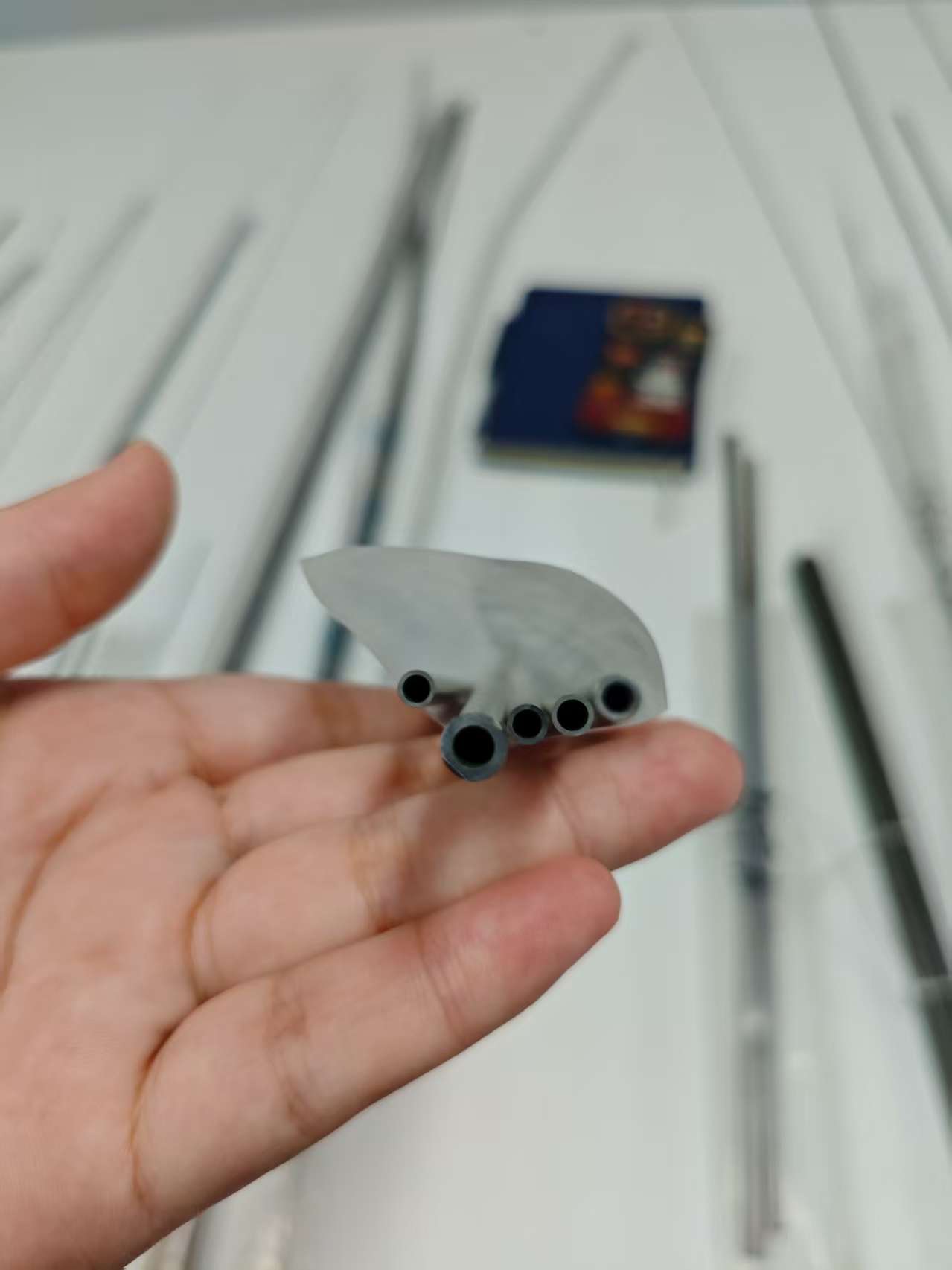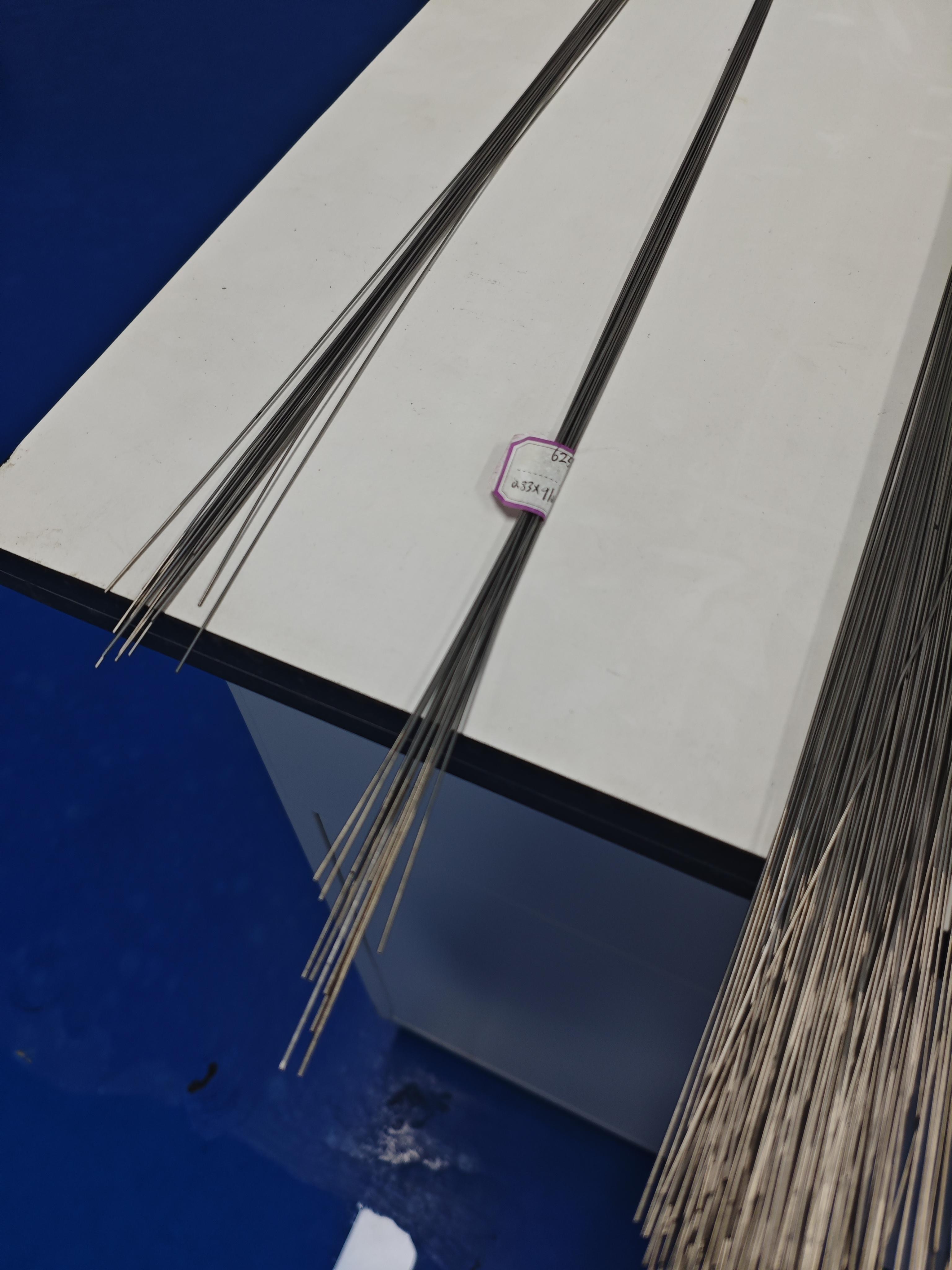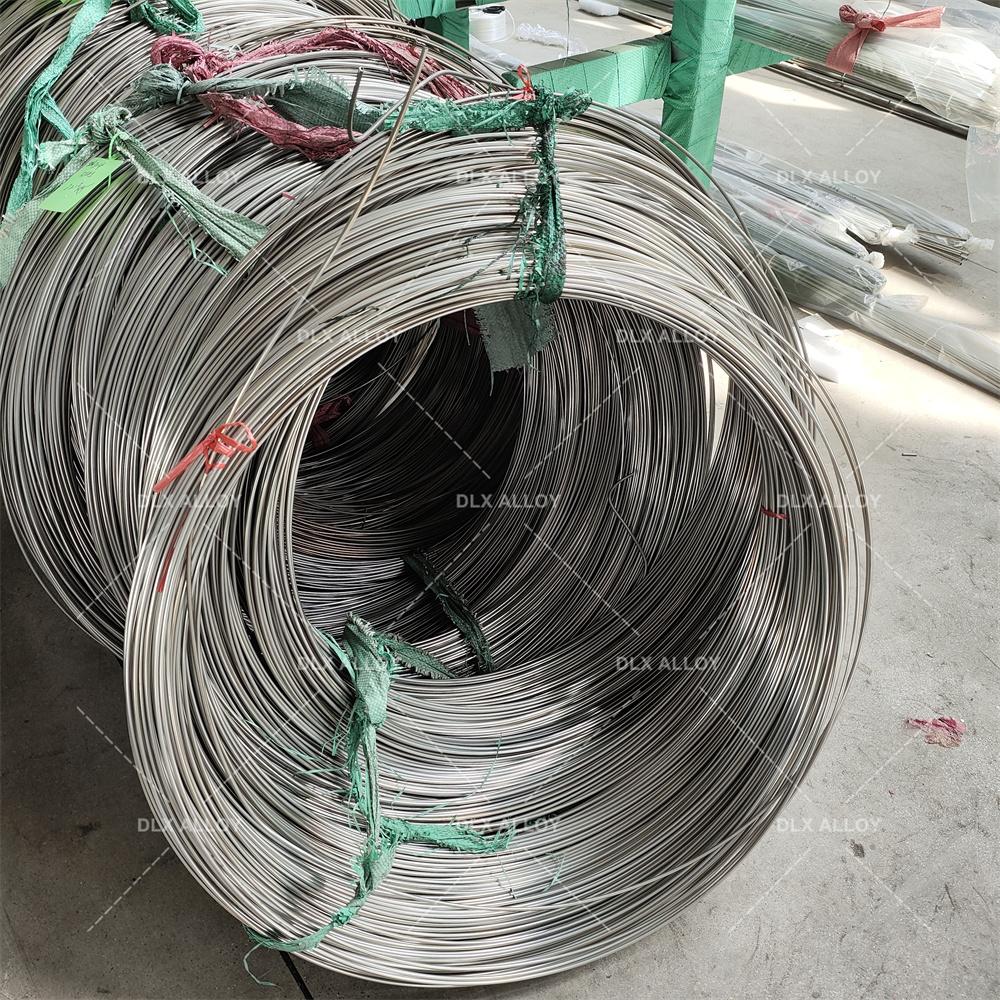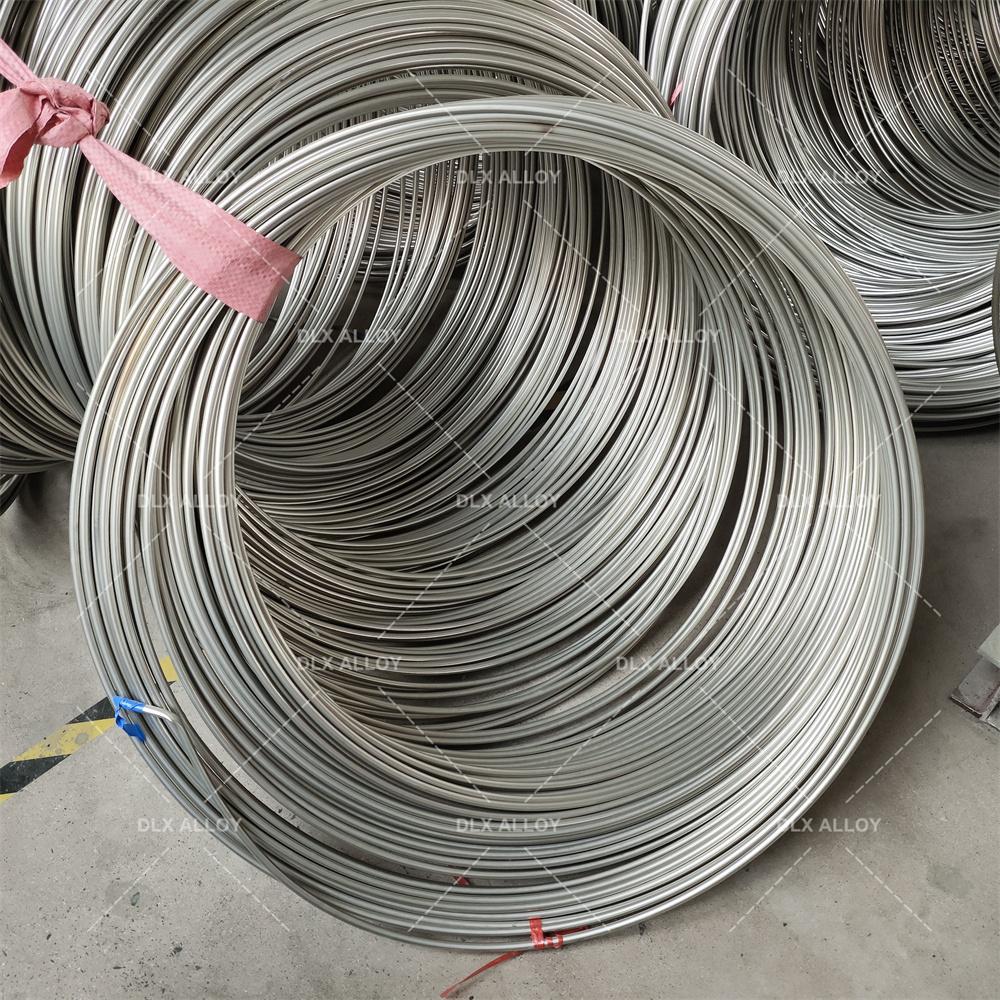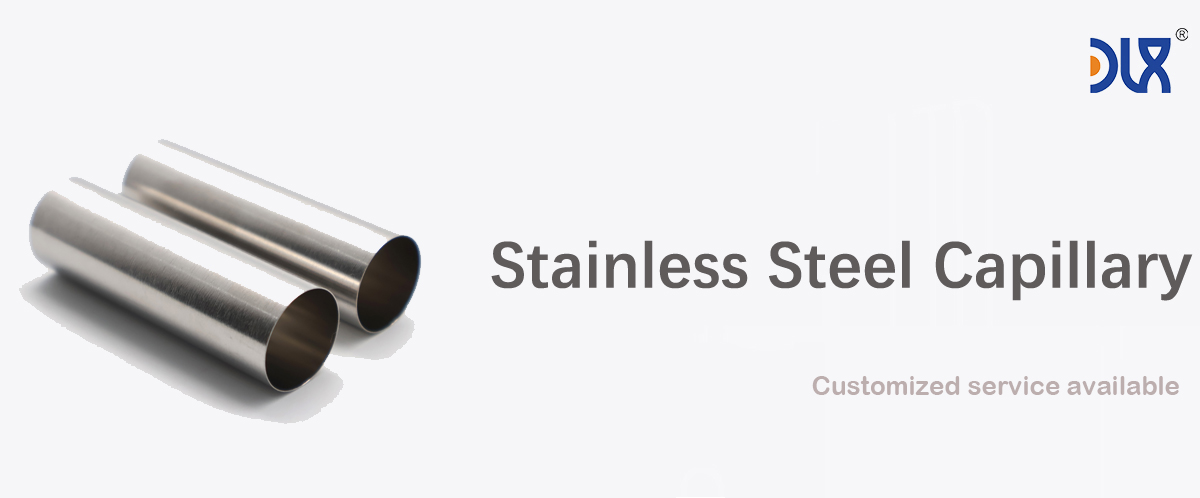
We’re all about crafting 316L stainless steel capillary tubes that set the bar for biocompatible solutions in medical devices. These aren’t just tiny tubes—they’re precision-engineered components that make a big difference in healthcare, from life-saving implants to intricate surgical tools. Let’s dive into what makes our 316L capillary tubes a top choice, covering their materials, applications, industry trends, and why our company stands out in delivering unmatched quality.
For more details, pls directly contact us.
Our 316L stainless steel capillary tubes are built from a premium austenitic alloy, packed with 16-18% chromium, 10-14% nickel, and 2-3% molybdenum. That molybdenum is the secret sauce, giving these tubes killer resistance to pitting and crevice corrosion, especially in salty environments like bodily fluids or hospital disinfectants. With ultra-low carbon content (≤0.03%), they weld cleanly and stay tough under stress, avoiding cracks even in tight coils. We produce these tubes with outer diameters as small as 0.2mm and walls as thin as 0.05mm, hitting tolerances that are tighter than most in the industry. The electropolished finish is a game-changer—ultra-smooth surfaces cut down on friction and bacterial buildup, making them safe for direct contact with tissues or blood. Compliant with ISO 10993, USP Class VI, and ASTM A269, our tubes are ready for the most demanding medical applications, from stents to fluid delivery systems.
Grade | Composition | Key Properties | Corrosion Resistance | Biocompatibility | Applications | Advantages | Limitations |
|---|---|---|---|---|---|---|---|
316L | Fe (60-70%), Cr (16-18%), Ni (10-14%), Mo (2-3%), C (<0.03%) | Tensile: 485-620 MPa, Yield: 170-290 MPa, Elongation: 40-50%, Hardness: 95 HRB | Excellent (passive oxide layer, resists pitting) | High, minimal ion release, rare Ni sensitivity | Bone plates, screws, stents, hip stems, dental implants | Cost-effective, machinable, fatigue-resistant | Possible Ni sensitivity, heavier than Ti |
304L | Fe (65-74%), Cr (18-20%), Ni (8-10.5%), C (<0.03%) | Tensile: 485-550 MPa, Yield: 170-240 MPa, Elongation: 40-55%, Hardness: 92 HRB | Good, less resistant to pitting than 316L | Moderate, higher Ni release risk | Temporary implants, surgical tools, guidewires | Affordable, easy to form, widely available | Limited for long-term implants due to corrosion |
17-4 PH | Fe (70-78%), Cr (15-17.5%), Ni (3-5%), Cu (3-5%), C (<0.07%) | Tensile: 930-1100 MPa, Yield: 725-860 MPa, Hardness: 30-44 HRC | Very good, but less than 316L in saline | Good, but less biocompatible than 316L | Load-bearing implants, surgical instruments | High strength, heat-treatable, durable | Complex processing, less corrosion-resistant |
420 | Fe (80-90%), Cr (12-14%), C (0.15-0.4%) | Tensile: 700-950 MPa, Yield: 340-450 MPa, Hardness: 45-50 HRC | Moderate, prone to pitting in body fluids | Moderate, not ideal for long-term implants | Cutting tools, temporary pins, dental drills | High hardness, wear-resistant, sharpenable | Poor corrosion resistance for permanent use |
440C | Fe (78-85%), Cr (16-18%), C (0.95-1.2%) | Tensile: 760-1000 MPa, Yield: 450-600 MPa, Hardness: 56-60 HRC | Moderate, better than 420 but less than 316L | Limited, high carbon affects biocompatibility | Surgical blades, high-wear tools | Extremely hard, excellent edge retention | Not suitable for long-term implants |
F138 (316LVM) | Fe (60-70%), Cr (17-19%), Ni (13-15%), Mo (2.25-3.5%), C (<0.03%) | Tensile: 490-690 MPa, Yield: 190-300 MPa, Elongation: 40-50%, Hardness: 95 HRB | Superior, optimized for medical use | Excellent, lowest ion release, vacuum-melted | Orthopedic implants, cardiovascular stents | Enhanced purity, top biocompatibility | Higher cost than standard 316L |
303 | Fe (65-75%), Cr (17-19%), Ni (8-10%), S (0.15-0.35%) | Tensile: 500-620 MPa, Yield: 240-290 MPa, Elongation: 35-50%, Hardness: 90 HRB | Moderate, sulfur reduces corrosion resistance | Moderate, not ideal for permanent implants | Machined components, non-implant devices | Excellent machinability, cost-effective | Not suitable for long-term implants |
Nitronic 60 | Fe (60-70%), Cr (16-18%), Ni (8-9%), Mn (7-9%), N (0.08-0.18%) | Tensile: 620-793 MPa, Yield: 345-414 MPa, Hardness: 95-100 HRB | Very good, resists galling and wear | Good, but less studied for implants | Wear-resistant implants, joint components | High wear resistance, galling resistance | Limited medical use, higher cost |
For more details, pls directly contact us
In the world of medical devices, our 316L capillary tubes are everywhere. They’re the go-to for catheters, where their micro-dimensions and flexibility let surgeons navigate complex vascular paths during procedures like angioplasty. In endoscopes, the tubes’ tight coils ensure maneuverability without sacrificing strength, critical for clear diagnostics. For implants like cardiovascular stents or orthopedic screws, their biocompatibility means no adverse reactions, supporting long-term patient safety. Hypodermic needles benefit from the tubes’ thin walls, delivering precise injections with minimal trauma. We’ve also seen them in dialysis machines, handling high-pressure fluid flows without a hitch, and in wearable devices like insulin pumps, where compact size is key. The seamless design and corrosion resistance make them perfect for repeated sterilization—think autoclaving at 135°C—keeping performance rock-solid in sterile environments.
The medical device industry is on fire, and our 316L capillary tubes are riding the wave. The global market for medical tubing is expected to hit $15 billion by 2030, growing at a CAGR of 8%, fueled by aging populations and a boom in minimally invasive surgeries. Patients want faster recoveries, and our precision tubes enable smaller, smarter devices that make that happen. Sustainability is a big trend—healthcare is pushing for recyclable materials, and our 100% recyclable stainless steel fits the bill, with eco-friendly production to boot. Regulatory bodies like the FDA and EU MDR are cracking down on material purity, and our tubes exceed those standards with full traceability from raw material to final product. Smart devices are also shaking things up—tubes with embedded sensors for real-time data, like monitoring blood flow, are becoming a reality. Supply chain hiccups, like nickel price spikes, are a challenge, but our diversified sourcing keeps us steady. The shift to outpatient care and telemedicine is driving demand for portable, durable tubing, and we’re delivering.
So, why choose us over others in the market? It’s simple—we go all-in on precision, quality, and customization. Our R&D team fine-tunes the 316L alloy to hit purity levels that outshine standard options, ensuring better corrosion resistance and biocompatibility. Need a specific diameter or coil pitch? We can customize down to the micron, making our tubes a perfect fit for your unique medical device. Our quality control is relentless, with ultrasonic testing and helium leak checks to catch any flaws before they reach you. That means fewer failures in the operating room or production line. We also move fast—our automated production lines deliver quick turnarounds without skimping on quality. Plus, our commitment to green manufacturing, like using renewable energy, resonates with clients aiming for sustainability. This mix of innovation, reliability, and eco-consciousness gives us a clear advantage.
Let’s talk applications in more detail. Our 316L capillary tubes are transforming healthcare. In neurosurgery, their tiny size allows precise drug delivery to the brain, reducing patient trauma. In cardiology, they form stents and guidewires that handle the heart’s constant beating without fatiguing. For diagnostic labs, they’re used in chromatography systems, where their non-reactive surfaces keep samples pure. In high-pressure fluid systems, like infusion pumps, their seamless design prevents leaks that could disrupt treatment. They’re even making waves in veterinary medicine, supporting surgical tools for animals. As telemedicine grows, our tubes fit into compact, connected devices for remote monitoring, blending durability with cutting-edge tech. The molybdenum in 316L makes them a standout in saline-heavy environments, like IV systems or implant sites, where corrosion is a real risk.
Industry trends are pointing to some exciting shifts. Personalized medicine is huge—our custom tubing supports tailored implants for individual patients, like stents shaped via 3D printing. Antimicrobial coatings are gaining traction to fight hospital infections, and we’re exploring nanotechnology to enhance our tubes’ surfaces. AI-driven diagnostics are pushing for smarter tubing, like integrating sensors for real-time pressure or flow data. Economic pressures, like rising raw material costs, are a hurdle, but our lean manufacturing keeps prices competitive. Post-COVID, supply chain resilience is non-negotiable, and our global facilities ensure we deliver, no matter what.
Comparison Parameters Table for 316L vs 304L Stainless Steel Capillary Tubes
| Parameter | 316L Stainless Steel Capillary Tubes | 304L Stainless Steel Capillary Tubes |
|---|---|---|
| Composition | 16-18% Chromium, 10-14% Nickel, 2-3% Molybdenum, ≤0.03% Carbon | 18% Chromium, 8% Nickel, ≤0.03% Carbon |
| Corrosion Resistance | Excellent; resists pitting and crevice corrosion in saline/acidic environments | Good; less resistant to chlorides, suitable for milder conditions |
| Biocompatibility | Superior; ideal for long-term implants and high-saline exposure | High; better for short-term devices or non-aggressive environments |
| Strength (Tensile) | 515-620 MPa; excels in high-stress medical applications | 485-515 MPa; reliable for less demanding applications |
| Temperature Resistance | Up to 925°C; withstands repeated sterilization cycles | Up to 870°C; adequate for standard sterilization processes |
| Cost | Higher; premium for critical medical uses due to molybdenum | More cost-effective; suits high-volume, less critical applications |
| Formability | Very good; maintains precision in micro-diameter coiling | Excellent; slightly better flexibility for tight-radius applications |
| Applications | Stents, endoscopes, fluid delivery in saline-heavy settings | Hypodermic needles, catheters, general surgical tools |
| Surface Finish | Electropolished; optimized for minimal bacterial adhesion and biocompatibility | Electropolished; smooth but less optimized for harsh environments |
| Durability | Superior; withstands prolonged exposure to bodily fluids and sterilization | High; reliable but less durable in chloride-rich or acidic conditions |
Our company’s strength lies in our holistic approach. We don’t just ship tubing—we partner with you, offering design support and regulatory guidance to breeze through approvals. Our testing mimics real-world conditions, like saline exposure or repeated bending, so you know our tubes will perform under pressure. Compared to typical market offerings, our 316L tubes have lower impurities, boosting longevity and safety. We also offer extras like PTFE coatings for added lubricity, which many skip. This focus on quality and support builds trust with healthcare innovators.
On the product side, our 316L capillary tubes are optimized for harsh environments, resisting corrosion in saline or acidic conditions better than other grades. They’re seamless for uniform strength and come in custom lengths or with pre-fitted ends for easy integration. The electropolished finish cuts down on outgassing in sterile packaging, keeping devices contamination-free.
Looking ahead, we’re pumped about trends like bioresorbable materials, though 316L remains the gold standard for proven reliability. Stricter biocompatibility regulations are no sweat—our tubes are pre-validated to save you time. The rise of additive manufacturing in implants opens new possibilities, but our precision tubing is still unmatched for critical applications.
In short, our 316L stainless steel capillary tubes are biocompatible solutions that power medical devices with precision and durability. From materials to applications, we’re driving innovation with our focus on quality, customization, and sustainability. Choosing us means partnering for success in the fast-evolving world of healthcare. (Word count: 1510)
For more details, pls directly contact us.
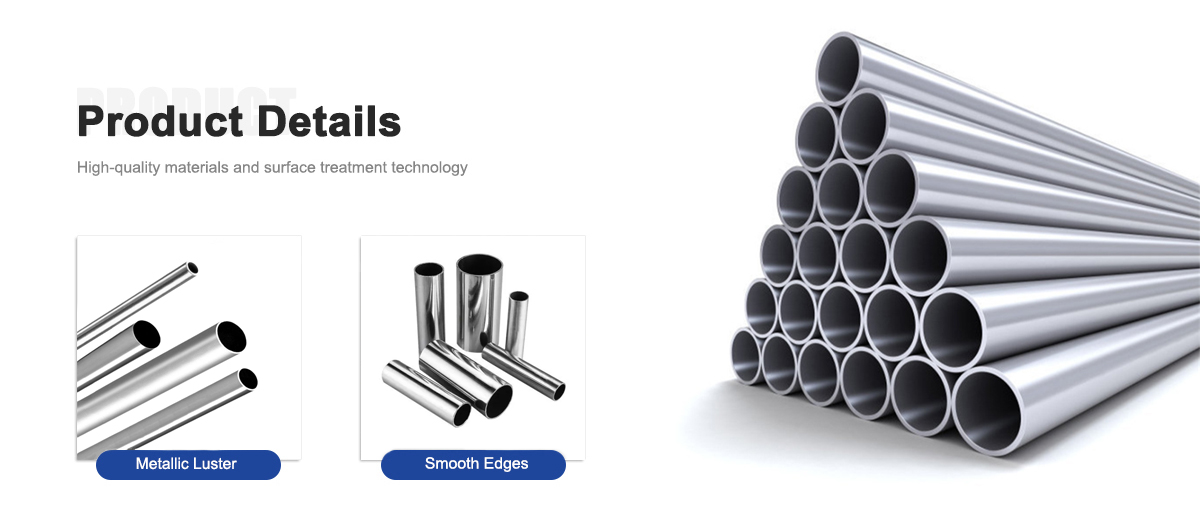

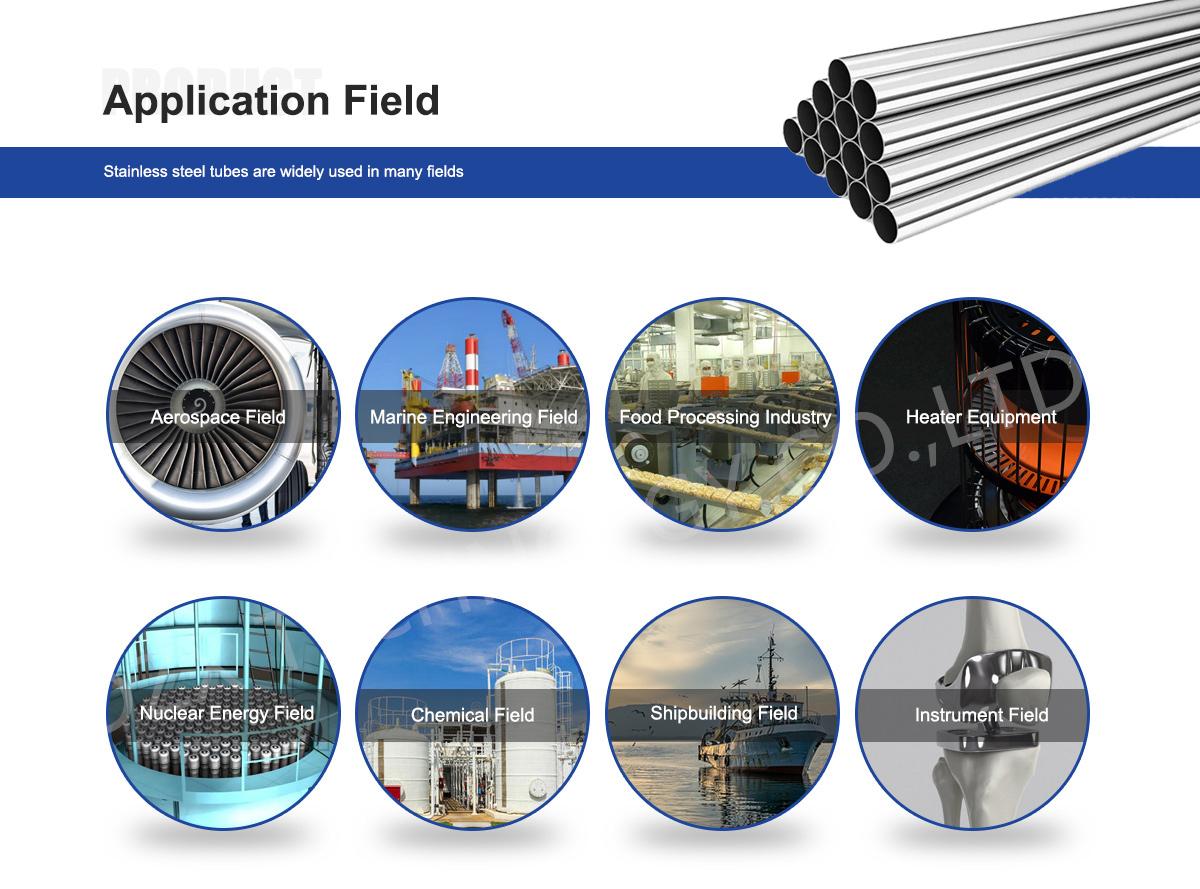
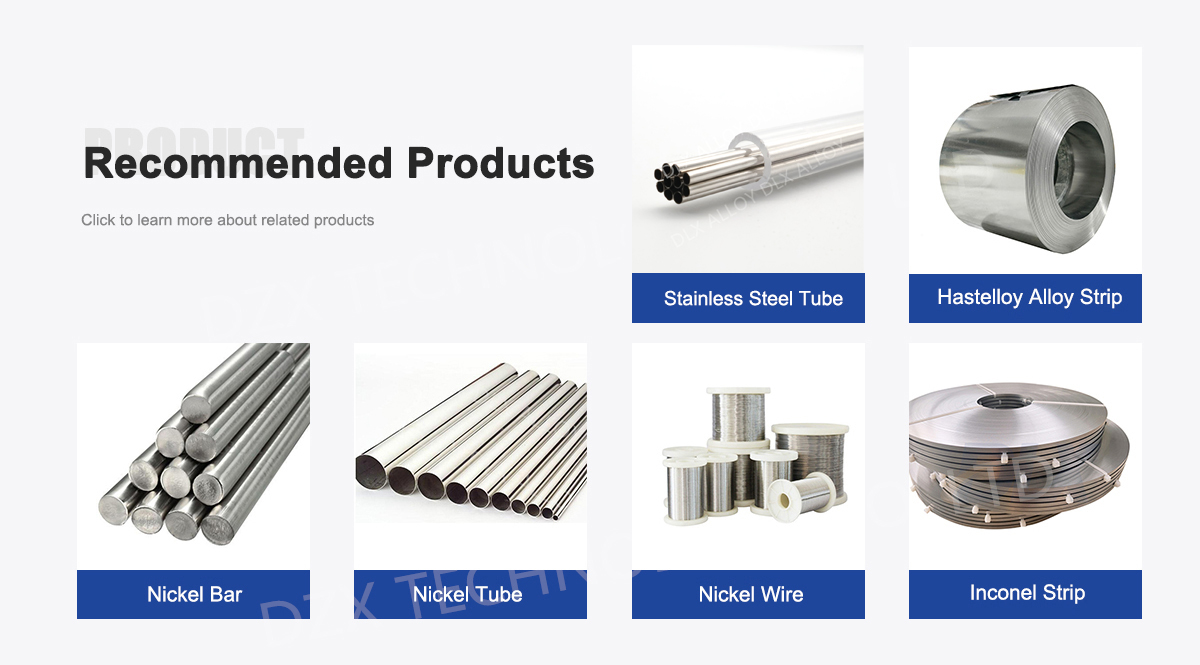
About Us:
Our 12,000㎡ factory is equipped with complete capabilities for research, production, testing, and packaging. We strictly adhere to ISO 9001 standards in our production processes, with an annual output of 1,200 tons. This ensures that we meet both quantity and quality demands. Furthermore, all products undergo rigorous simulated environment testing including high temperature, high pressure, and corrosion tests before being dispatched, ensuring they meet customer specifications.
For all our clients, we offer timely and multilingual after-sales support and technical consulting, helping you resolve any issues swiftly and efficiently.

Client Visits
Building Stronger Partnerships

We support all kinds of testing:


FAQs:
What is the composition of 316L stainless steel capillary tubes?
316L stainless steel capillary tubes contain 16-18% chromium, 10-14% nickel, 2-3% molybdenum, and ultra-low carbon (≤0.03%) for enhanced corrosion resistance and biocompatibility.
What are the key applications of 316L stainless steel capillary tubes in medical devices?
They’re used in catheters, stents, endoscopes, hypodermic needles, and fluid delivery systems due to their precision, biocompatibility, and resistance to bodily fluids.
How does 316L stainless steel ensure biocompatibility for medical devices?
It meets ISO 10993 and USP Class VI standards, with electropolished surfaces that minimize leachables, reduce bacterial adhesion, and prevent tissue irritation.
What industry trends are driving the use of 316L stainless steel capillary tubes?
Growing demand for minimally invasive surgeries, advancements in smart medical devices, focus on sustainable materials, and stricter regulatory standards for biocompatibility.
How do you maintain 316L stainless steel capillary tubes in medical settings?
Sterilize with autoclaving or ethylene oxide, clean with biocompatible solvents, and inspect for micro-abrasions to ensure hygiene and performance.
How do environmental factors affect 316L stainless steel capillary tubes?
They resist corrosion from saline, bodily fluids, and disinfectants, excelling in chloride-rich environments like surgical suites or implant sites.
What advantages do 316L capillary tubes offer over other stainless steel grades?
Superior pitting and crevice corrosion resistance due to molybdenum, better suitability for long-term implants, and enhanced durability in harsh medical conditions.
What future trends might impact 316L stainless steel capillary tubes in medical devices?
Trends include antimicrobial coatings, integration with IoT for real-time monitoring, and eco-friendly manufacturing to align with healthcare sustainability goals.

